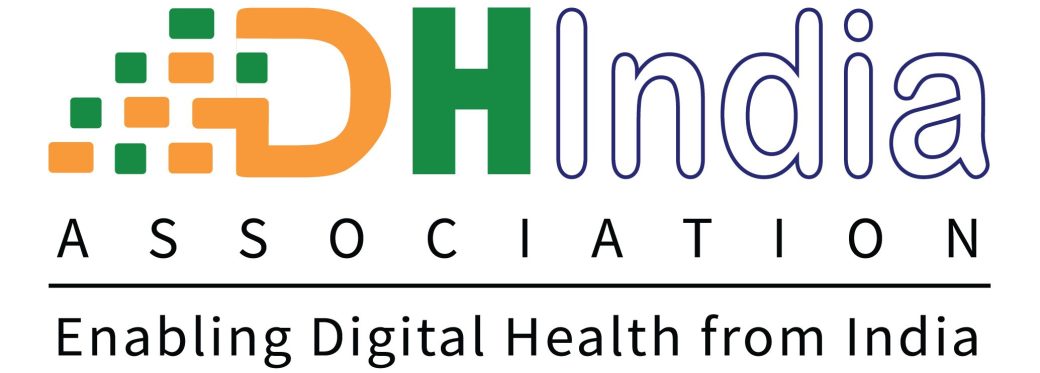
In the current crisis scenario, no patient wants to visit a hospital and on the other hand all doctors need to maintain social distance from the patient in an attempt to protect themselves. However, even if one refuses to see the COVID-19 affected and refer them to specialized
centres, the incidence of other diseases, e.g. diabetes and its day to day care needs like an ulcer in the foot, diarrhoea, cancer, heart ailments, toothache etc is not going to go down. Also to be noted is the fact that even 85% of the COVID-19 affected can stay at home to avoid overloading of all hospitals and spread their infection to others notably the hospital staff. Is it possible to manage such problems even while maintaining social distance? Yes! And it is possible through Telemedicine.
If you think what I say makes sense, do read on, the next paragraph guides you as a clinician to start treating patients even while maintaining a safe physical distance. Till lately the practice of telemedicine was felt to be suspect as it was found to be high cost, not remunerative besides being full of legal hurdles, of late clarity has come in that it is practical and safe. The legal safety has increased as now the same is explicitly stated in the Telemedicine practice guidelines (TPG) released by the Board of Governors of the Indian Medical Council as late as March 25th, 2020.
The time to change to a telemedicine dependent practice is now, to fight the COVID-19 crises. Even before COVID-19, 76% of US citizens were preferring to get a teleconsultation against a physical visit. Now the percentage has risen far higher for fear of COVID-19.
The Needs of a Telemedicine centre (Motivation & Interest of the doctor is primary)
Telemedicine is largely the form of Tele-counselling done though a mixture of sharing the clinical details (EMR) of the patient along with a video conference to understand the problem and proffer advice
While anyone who has used WhatsApp and Email through his Mobile or Computer can do telemedicine, (and is already probably doing it), some training and understanding of how to do it, what are the disease scenarios where it works best, its relative risks is required. Training -within the next 36 months is now a mandatory requirement according to the TPG.
After the training the following additional components will help better.
A. Computer – can be Desktop or Laptop withal normal peripherals like keyboard /mouse/Printer – Desktop is better if working though your office or a specialized centre.
B. A large screen monitor ( may be separate if too big in size) or same as the computer monitor.
C. Some form of Connectivity – the faster and more reliable the better.
D. Web camera (a formal Digital SLR camera with stand is better and can also double as a high quality X Ray scanner).
E. Audio devices (headphone/ Microphone as well as speakers (maybe inbuilt).
F. Some extra devices based on your specialty e.g. a Tele-stethoscope TeleECG, Otoscope, even a Ultrasound machine.
G. Specialised Telemedicine Apps can be cheap if working through the cloud based or SAAS (Software as a Service model).
H. Complete Standalone Telemedicine systems (you get a trolley with all the peripherals and devices are a luxury which even high end hospitals cannot afford).
A trained staff on how to use it is required and also ideally this should be done in a secure sound proof room with a banner of your name and specialty in the back ground. Lighting has to be arranged so that your face is clearly visible etc.
Dr. Sanjay Bedi, a Doctor of Medicine in Pathology, is the Professor in Pathology at the Maharishi Markandeshwar Institute of Medical Sciences, Ambala where he joined seven years ago after 12 years of service at Sri Guru Ram Das Institute of Medical Sciences, Amritsar.
A FAIMER Fellow from CMCL FAIMER Ludhiana he is trained in Pathology (MD) from AMU Aligarh along with Pediatrics (DCh) and Energo-Cybernetics (Advanced management). Dr. Bedi has been spearheading many innovative projects in Pathology Medical Informatics and medical Education. Various publications and papers presented by Dr. Sanjay Bedi, have exposed his high degree of interest in minute details of all that he is involved in presentations in Medical Informatics technology and solutions. He was Founder Editor in Chief of Indian Journal of Medical Informatics, Secretary Computerization of IMA Punjab State for last 12 years and deeply involved in innovative practices in Medical Education especially e-learning in the form of pathoindia.com website since inception.
